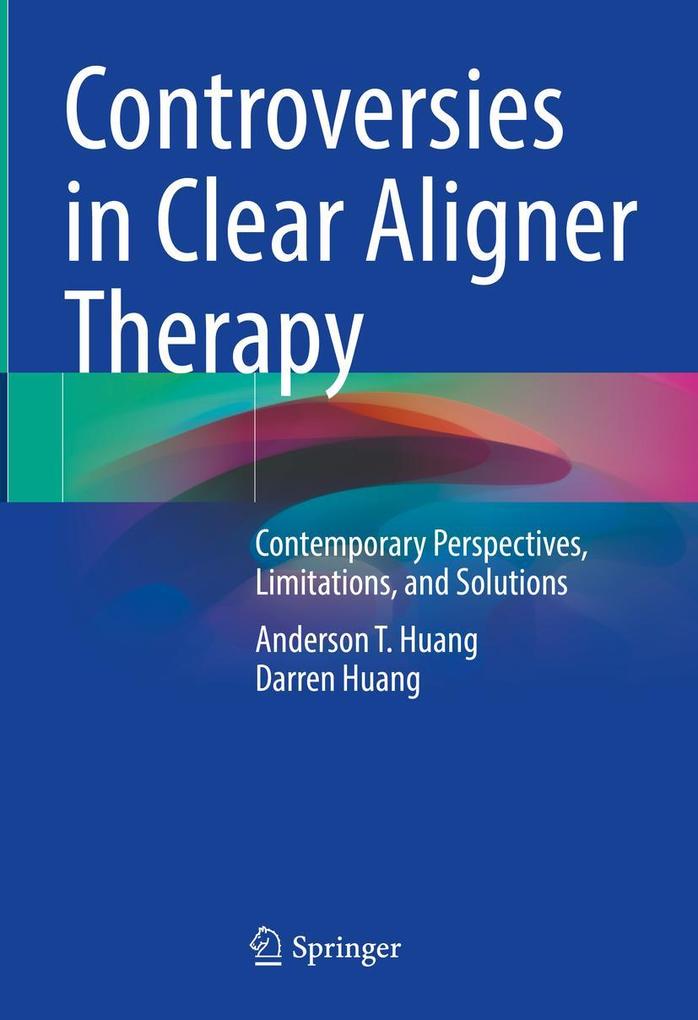
Zustellung: Fr, 18.07. - Di, 22.07.
Versand in 7 Tagen
VersandkostenfreiBestellen & in Filiale abholen:
This book is the first evidence-based evaluation of the present limitations and controversies in clear aligner therapy. It discusses problems in software, mechanotherapy, attachment optimization, interceptive treatment, the mandibular advancement appliance, complex movements, interproximal reduction, extraction therapy, deep bite/open bite correction, finishing, and overcorrection. Unlike current available texts on clear aligner therapy, this book features a nonpartisan, critical analysis of the problems of the technique and demonstrates their clinical implications. Unique solutions to the current limitations of clear aligner therapy are presented, and systematic strategies and protocols for addressing a vast range and complexity of malocclusions commonly confronted by practitioners are introduced. The book helps orthodontists, dentists, dental students, dental educators, technicians, and bioengineers to investigate prevailing misconceptions, and to address significant controversiesand dilemmas in clear aligner therapy.
Inhaltsverzeichnis
Problems in Clear Aligner Mechanotherapy: How can Current Attachments be Optimized for Ideal Orthodontic Treatment? . - Adapting Clear Aligner Therapy to Interceptive Treatment for Early Mixed Dentitions: Are They the Same as Late Teen or Adult Treatment? . - Mandibular Advancement: A Viable Alternative to Functional Appliances? . - Problematic Complex Movements: Can Clear Aligners Treat Them Alone? . - Interproximal Reduction. - Dilemmas in the Vertical Dimension. - Power Ridges: How Powerful Are They? . - Overcoming Blind Spots in Clear Aligner Extraction Therapy. - Accelerated Orthodontics in Clear Aligner Therapy: Is it Viable? . - The Predictability of Bite Jumps. - Overcoming Obstacles in Detailing. - When and How to Overcorrect? . - Appendix I: Case Studies. - Appendix II: Additional Resources.
Produktdetails
Erscheinungsdatum
10. Juli 2022
Sprache
englisch
Auflage
1st edition 2022
Seitenanzahl
212
Autor/Autorin
Anderson T. Huang, Darren Huang
Verlag/Hersteller
Produktart
gebunden
Abbildungen
XIX, 189 p. 140 illus., 138 illus. in color.
Gewicht
653 g
Größe (L/B/H)
260/183/17 mm
ISBN
9783030928094
Entdecken Sie mehr
Bewertungen
0 Bewertungen
Es wurden noch keine Bewertungen abgegeben. Schreiben Sie die erste Bewertung zu "Controversies in Clear Aligner Therapy" und helfen Sie damit anderen bei der Kaufentscheidung.









